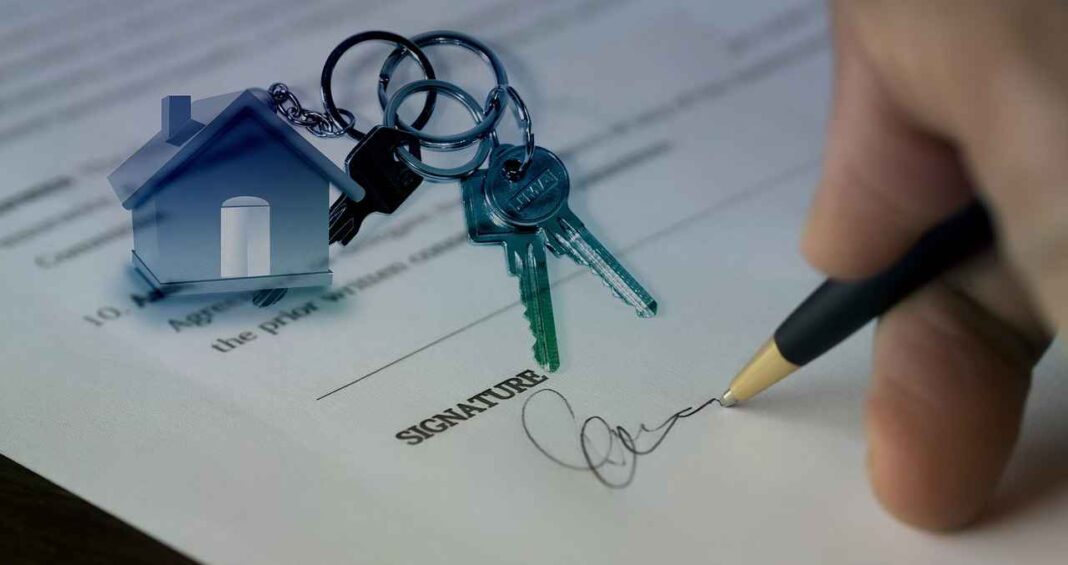When buying real estate, beware of the so-called “added value” that realtors and sellers often tout. This concept can sometimes be more of an illusion rather than a reality, particularly in volatile markets like Honolulu, Hawaii. Here, I’ve observed property prices fluctuate significantly, with most high-end properties not living up to their luxurious price tags, especially since the pandemic.
From my observations since 2014, luxury homes in Honolulu have not fared well. Despite only minor declines in asking prices, many of these properties linger on the market for years. The luxury sector in this region is weakening, exacerbated by declining interest from international buyers, especially from Asia.
If you’re considering investing in Honolulu, this market softness could be an opportunity, especially compared to stronger markets like San Francisco. However, the risk is that once you enter the Honolulu market, it might be challenging to exit if your circumstances change.
The process of buying and selling real estate requires careful strategy. Buyers should always be ready to negotiate hard and walk away if necessary, as the price you pay is permanent. Sellers, on the other hand, face their own challenges. They must skillfully market their property to achieve the highest possible sale price, even amidst potential market downturns.
In the case of the property at 4534 Aukai Street in Honolulu, it serves as a perfect example of the illusion of added value. Purchased in 2016 for $4.85 million, it was put back on the market in 2018 with a significantly higher price tag of $5.9 million—a 21.6% increase. This price hike came despite the overall high-end market showing signs of decline. When I inquired about the justification for such an increase, the listing agent attributed it to various factors that supposedly added value. However, these were either enhancements made before the previous sale or generally inflated estimations of the property’s worth.
This situation illustrates how real estate agents might create a perceived increase in value to justify higher asking prices. It’s crucial for buyers to critically assess such claims and consider the real value added since the last transaction. In this instance, the agent’s points were largely exaggerated and did not convincingly account for the price increase.
For buyers and sellers in real estate, understanding the true value and not getting swayed by superficial enhancements is key. Always do your homework, verify claims, and ensure any price change is genuinely reflected by tangible improvements or market conditions.
Remember, the real estate market is tricky, and navigating it requires a blend of savvy negotiation skills, thorough market analysis, and sometimes, a good dose of skepticism about the so-called added value. Whether buying or selling, approach every transaction with caution and be prepared to dig deep into the details before making any decisions.








































